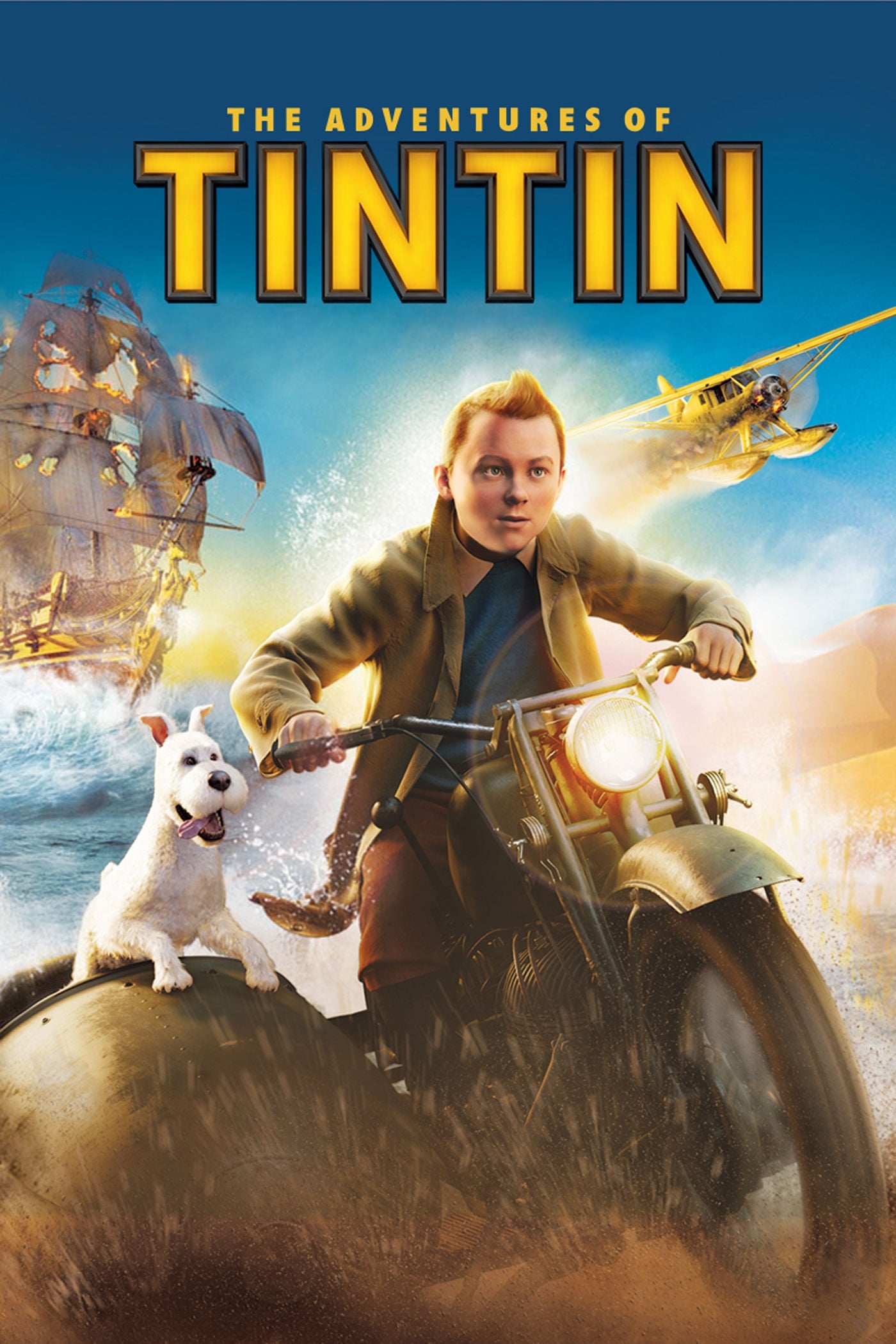
Intrepid young reporter, Tintin, and his loyal dog, Snowy, are thrust into a world of high adventure when they discover a ship carrying an explosive secret. As Tintin is drawn into a centuries-old mystery, Ivan Ivanovitch Sakharine suspects him of stealing a priceless treasure. Tintin and Snowy, with the help of salty, cantankerous Captain Haddock and bumbling detectives, Thompson and Thomson, travel half the world, one step ahead of their enemies, as Tintin endeavors to find the Unicorn, a sunken ship that may hold a vast fortune, but also an ancient curse.
08 Mar The Adventures of Tintin (2011)
WETA Gold
There are only three ways to turn on your mind. The third is too dangerous to even sketch.
The most common is to allow it to do what it wants, tracing known pathways and presenting known patterns. All imagination comes home to rest.
But then there is art, which in my book is able to coax the imagination out of the familiar. Sometimes this immediately extends what you know, making your house bigger. Sometimes it centers on that oldest of organizational keys: space. Sometimes it is cinematic. That is what we have here, sometimes.
Oh, there is the story-stuff, inherited from a Belgian comic. That is discardable. And there is the cloying story-boarding of Spielberg who I believe is living with the growing fear that he will die never having made something essential.
But behind all that are the WETA parts of this film. Spielberg does his spiel in telling the story. And he gets the lion’s share of the money and credit because he owns the property. But he turned all the spatial management over to Peter Jackson and his special effects house, WETA. And we are far better off for it.
Elsewhere, I have celebrated what WETA digital fx has done, which is to take the concepts pioneered by Pixar and extend them in deliberate, engineered excess. The Pixar idea was to reinvent the personality of the camera. Since it is a virtual perspective, it can use space and movement beyond what we accept at the range of a physical camera. Much of Pixar’s success, I believe, is in how they reframe who the viewer is in the story by reinventing how our eye discovers.
The Pixar ideal is to do this in ways that are imperceptible. The WETA philosophy is to always be a bit beyond the comfort level, always overloading our mental abilities to sort things out spatially. This both gives an exhilarating film experience and on each viewing an extension of how the mind sees. It literally expands our ability to perform spatial reasoning — which for most of us is most of our reasoning.
We saw this in the Lord of the Rings projects, which despite cumbersome story and distracting heroics were visually aggressive. I believe that “King Kong” was made solely to perfect some insights, which I presume come from founder Jamie Selkirk.
(The weta is a species of insect unique to New Zealand which comes in a broad variety, filling the role that in the rest of the world is taken by mammals. (New Zealand has none.). A common characteristic, the one every kiwi child knows, is the ability to jump aggressively. They have been essentially unchanged for 500 billion times longer than the average film, yet every jump of the bush weta is unique. Without wings, they have the ability to perturb their path. You can see the analogy in the movements of the camera in projects, like “King Kong”.)
There are three scenes here where it is obvious that Spielberg turned over complete control. The first is a seabattle between two ships. This is pretty darn masterful, because the Pixar/WETA camera philosophy has been used in an ironic, comic way in the later “Pirates of the Caribbean” episodes. You can see the anti-irony here where the battle is truly between the inventors and masters of the treasured technique, and the Disney (and now Pixar itself) thieves. I was ecstatic.
The second is a chase scene through a Morrocan village which was a pure advance over anything that has come before. Here these is no irony, though movie buffs will find a great many references to other chase scenes as reimagined by better camera perspectives. Two I will tell you to look for are the reference to the Geena Davis stagecoach chase in “Cutthroat Island” and the little girl parkour chase in the recent “Columbiana”.
See this in 3D.
Posted in 2011
Ted’s Evaluation — 3 of 3: Worth watching.


No Comments